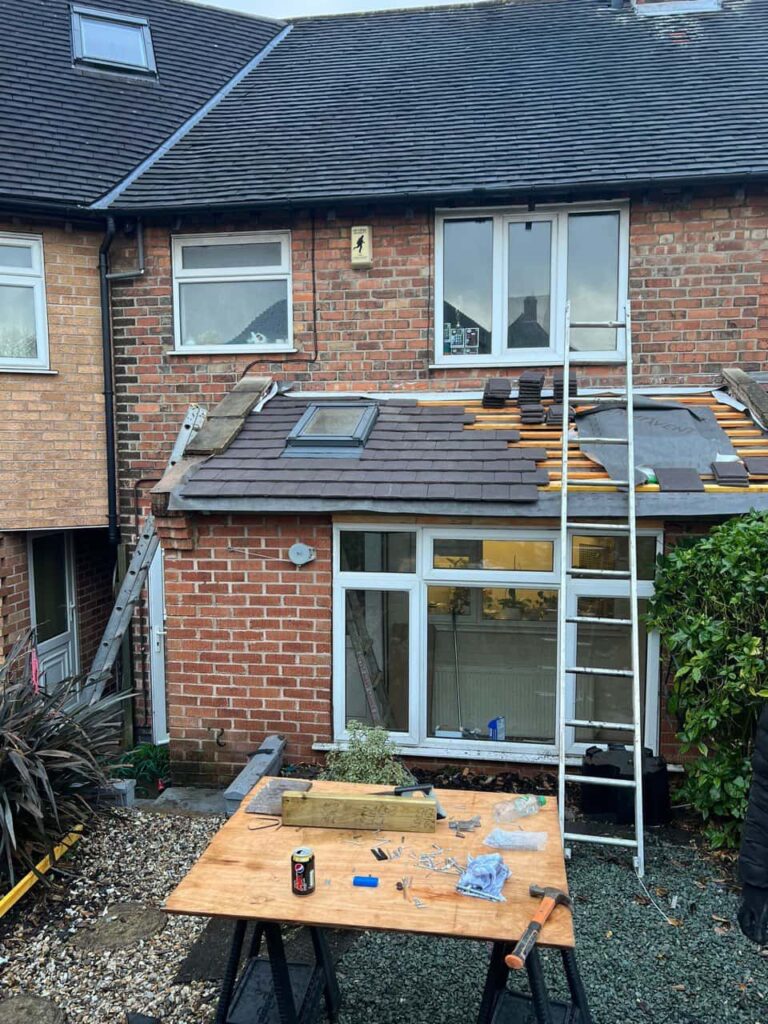Introduction: When it comes to installing or repairing felt roofing, choosing the right nails and fasteners is crucial for ensuring the durability and longevity of the roofing system. From securing the felt membrane to the roof deck to withstand harsh weather conditions, the selection of nails and fasteners can significantly impact the performance and effectiveness of the roofing installation. In this blog post, we’ll discuss the importance of selecting the appropriate nails and fasteners for felt roofing projects and guide you in making the right choice.
- Understanding Felt Roofing Nails and Fasteners:
- Types of Nails: Common nails used in felt roofing include galvanised steel, stainless steel, and aluminium. Each type offers different levels of corrosion resistance and durability.
- Fastener Options: In addition to traditional nails, roofing fasteners such as screws, staples, and barbed nails may also be used to secure felt roofing membranes to the roof deck. These fasteners offer specific advantages in holding power and ease of installation.
- Factors to Consider When Choosing Nails and Fasteners:
- Corrosion Resistance: Since felt roofing is exposed to the elements, choosing corrosion-resistant nails and fasteners to prevent rust and deterioration over time is essential.
- Material Compatibility: Consider the compatibility of the nails and fasteners with the roofing materials, including the type of felt membrane and the roof deck material (e.g., wood, metal, or concrete).
- Holding Power: Opt for nails and fasteners with sufficient holding power to securely attach the felt membrane to the roof deck and withstand wind uplift forces and other external stresses.
- Installation Method: Depending on the roofing installation method (e.g., hot-mopping, torch-applied, or cold-applied), select nails or fasteners that are suitable for the specific application technique.
- Best Practices for Nailing and Fastening Felt Roofing:
- Use the Correct Size: Choose nails and fasteners of appropriate length and diameter to ensure proper penetration into the roof deck without damaging the underlying materials.
- Follow Manufacturer Guidelines: Adhere to the manufacturer’s recommendations and guidelines for nail spacing, fastener placement, and installation techniques to achieve optimal performance and warranty compliance.
- Avoid Over-Driving: Avoid over-driving nails or fasteners, as this can compromise the integrity of the roofing membrane and lead to leaks or premature failure.
- Consider Environmental Factors: Consider environmental factors such as wind exposure, temperature fluctuations, and humidity levels when selecting nails and fasteners for felt roofing installations.
Conclusion: Selecting the right nails and fasteners is essential for the successful installation and long-term performance of felt roofing systems. By considering factors such as corrosion resistance, material compatibility, holding power, and installation method, roofing contractors and homeowners can ensure a secure and reliable installation that withstands time. Whether you’re repairing a small section of felt roofing or installing a new roof, investing in high-quality nails and fasteners is a prudent decision that pays off in terms of durability, weather resistance, and peace of mind.
Call us on: 01959 584 099
Click here to find out more about Westerham Roofing Repairs
Click here to complete our contact form and see how we can help with your roofing needs.

